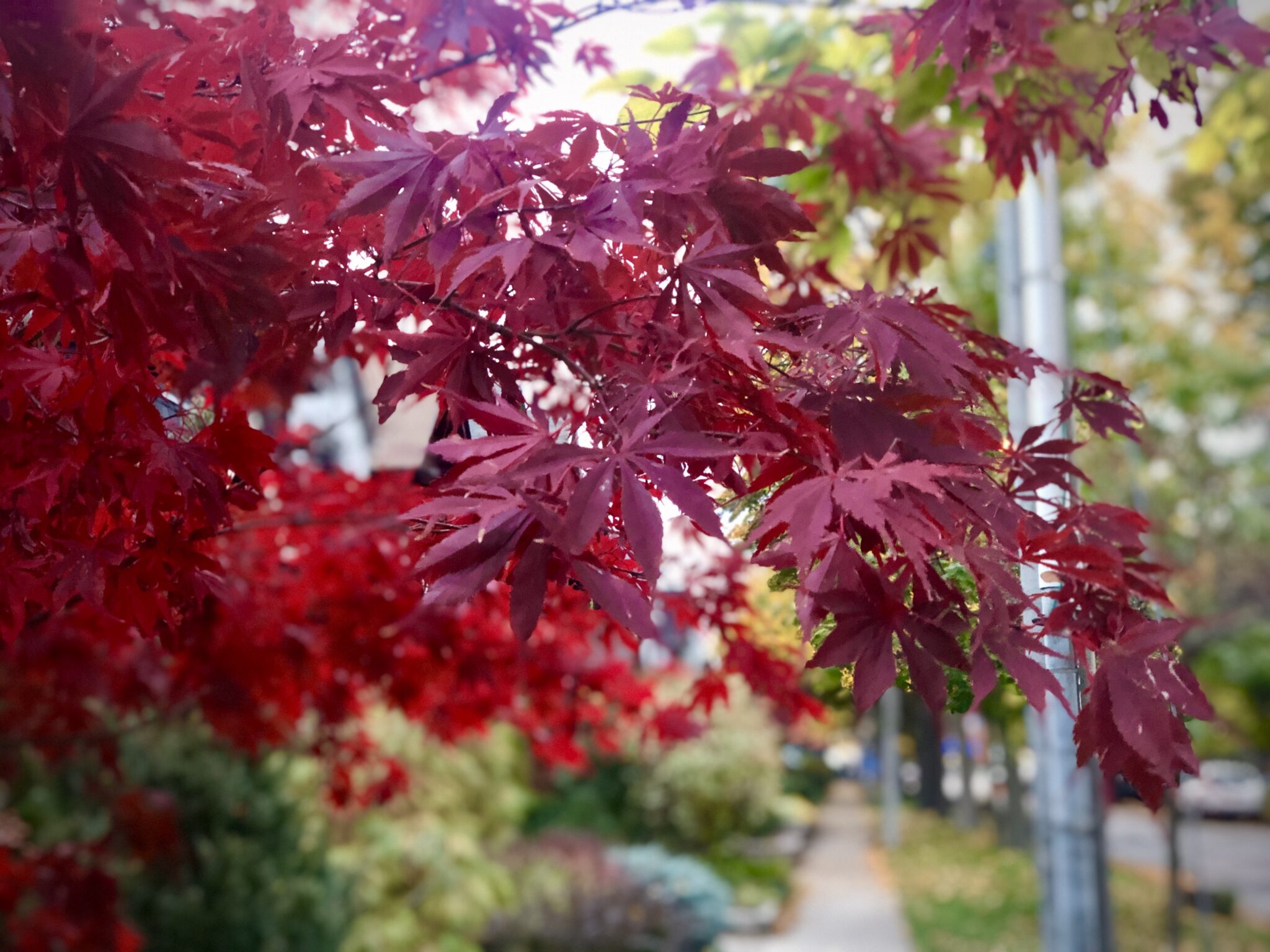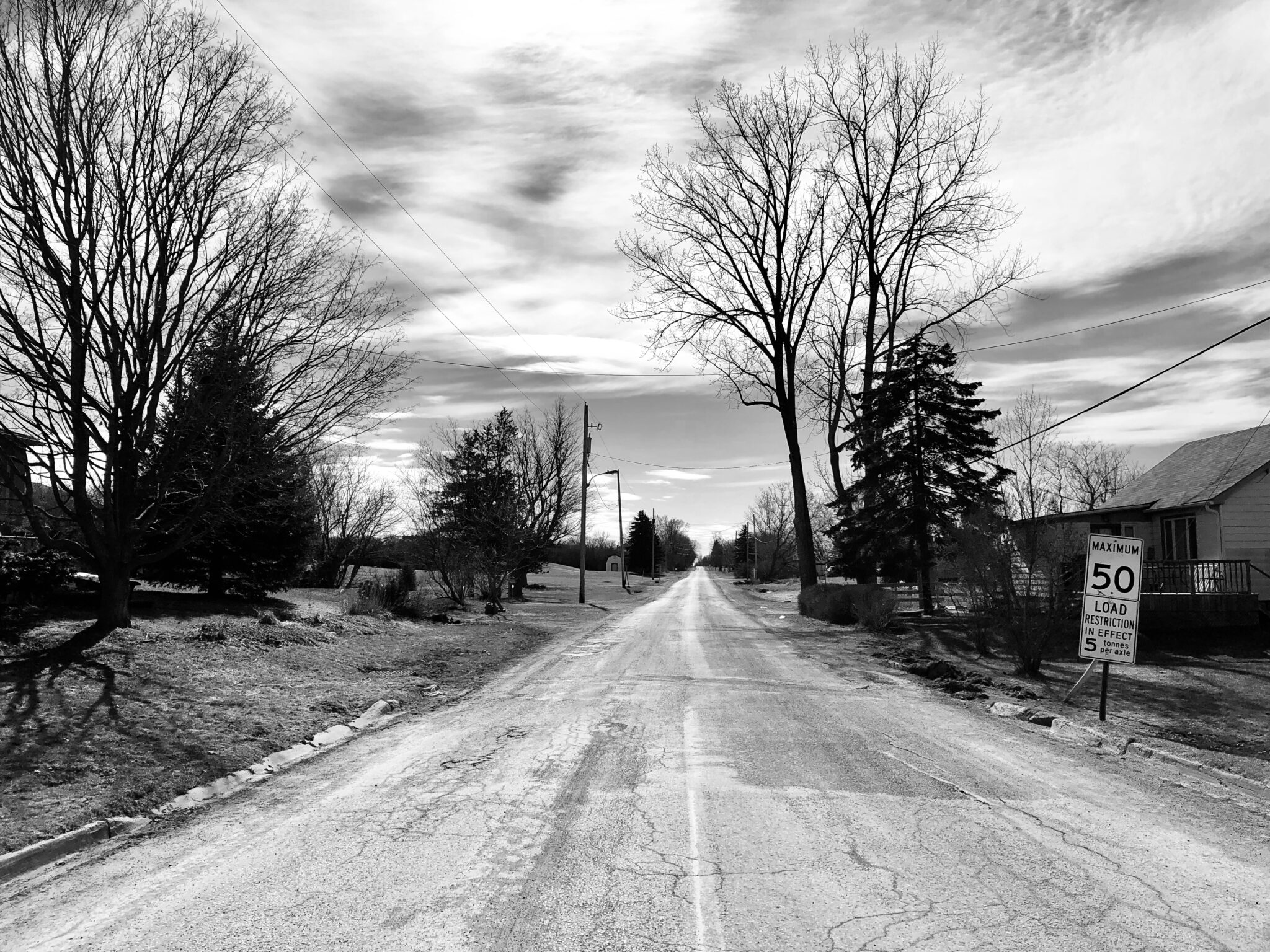Posts Tagged ‘Pandemic Blog’
Grieving Through Another Pandemic Holiday Season
Post by Maureen Pollard, MSW, RSW
Grieving Through Another Pandemic Holiday Season
This is our second year collectively facing a crisis across the globe that has kept us living with some level of anxiety and feelings of isolation. The COVID-19 pandemic has been very hard on so many people in many ways. It can feel endless and overwhelming. When we are also living with grief after the death of a loved one, it compounds the difficult feelings.
Grief can feel like a heavy blanket that weighs everything down. It can come in waves, relentlessly battering your broken heart, or like a rogue wave it can arrive in an unpredictable burst of sudden pain. Intense grief reflects the deep love we have for the one we have lost.
You are not alone. So many people are facing difficult circumstances and feeling like you are. As you move through these painful times, look for small ways to soothe yourself, even for a moment at a time. It seems endless, but this too will pass, and if you are able to soothe your self for a few moments today, that will help fortify you for the next wave of feelings.
Honour Your Experience
Your thoughts and feelings are perfectly normal for you as navigate grief against the backdrop of a pandemic. You may be surprised at some thoughts and feelings that seem unusual, but they are likely quite natural under the circumstances.
Speak honestly with family and friends about the impact of loss. Together, you can negotiate ways to feel connected while still keeping safe. Spend time with the people who support and respect you in your grief.
It is ok to change your traditions. Decide what feels right to you right now. These times call for changing our routines, so consider activities that may offer a fresh approach to the season that reflects your new reality.
Take care of yourself. Exercise. Eat well. Rest.
Take time to remember and honour your loved one. Holding a private ritual acknowledging your loved one can offer an outlet for adults and children alike to express feelings of loss. Light a candle, play their favourite music, or look at old photos.
Breathe. When it feels very difficult, take a breath. Pause. Then take another. Deep breaths with long slow exhales help to activate the calming centre of our nervous system. As you breathe deeply, you will notice that something shifts.
There is no one “right” way to grieve.
Be gentle with yourself. Trust yourself. Follow your instincts and try different things to soothe yourself as you adjust to your loss.
In time you will adapt, accepting this reality as you find ways to allow the joy and peace of the season and warm memories of your loved one to co-exist with the feelings of grief, gradually helping to ease the pain you feel now.
Practical Possibilities for Mourning in a Pandemic
Post by Maureen Pollard, MSW, RSW
Practical Possibilities for Mourning in a Pandemic
When someone we care about dies, we have a natural reaction of grief. During a pandemic, many restrictions and precautions we are living with to help prevent the spread of virus can interfere with the ways we are used to coping with the experience of grief. Here are some strategies that can help:
Hold a small, personal gathering and share it with live-streaming. You can use Facebook or Instagram Live to share your ceremony with people who might want to observe it since they can’t participate in person, thus ensuring that anyone who loved the person can honour their passing.
Hold an interactive virtual gathering to celebrate the person’s life. Just about everyone can Zoom these days, and in a virtual meeting you can join in and take turns telling stories about the person who died, or play music and remember together in a more personal and interactive way than by live-streaming a small ceremony.
Create a slideshow using photographs and music. You can tell the story of the person’s life using photos through the years and with music they loved, or you can make a tribute to the things that were important to them or about them in their last years of life.
Create a memory book either using a scrapbook, or an on-line photo-book service. Again, you can show their life over time, or create small personalized books that show their relationship with you, or with other special people in their life.
Dedicate a space in the house to the person who died. It could be a shelf or a corner table. Place their picture there, and maybe a candle or something that reminds you of them. Spend some time in this spot when you want to feel close to the person.
Dedicate a time each day to grieving. You may find that by setting aside particular times of the day or week to miss and mourn the person who died, your grief becomes less intrusive as you go about the tasks of your everyday life.
Bring out their favourites. Watching their favourite movie, playing their favourite songs and eating their favourite foods can bring back positive memories. Wearing their favourite robe or sweater can help them feel close.
Find your own favourites. Choose a movie, music or other sensory experience that reminds you of them in a way that you find soothing. Sometimes it can be too hard to revisit their favourites but it can be comforting to choose your own.
Make art in their memory. Paint or draw a picture. Write a poem or story. Write a song or choreograph a dance. Create a sculpture or needlework. Art helps us express powerful feelings in a wide variety of ways and can help us heal.
Take care of yourself. Be gentle and do the things that bring you comfort and ease. Maybe a long hike. A hot shower or bubble bath. Cuddling up on the couch with a cup of tea and a good book. By giving yourself calming, pleasant sensory experiences you give your heart time to heal.
Ways to Mourn During the Pandemic
Post by Maureen Pollard, MSW, RSW
Ways to Mourn During the Pandemic
The restrictions related to the global pandemic are intended to slow the spread of covid-19. Physical distancing, the declaration of a state of emergency and rules to prevent gathering in groups also impacts our usual ways of coming together in bereavement.
It is customary for immediate family and close friends to attend for final visits if the death is expected. After death, there are many rituals, ceremonies and customs that involve gathering together to remember, honour and celebrate the person who has died. When you can’t gather to comfort one another, there are still many ways you can mark the death of a loved one.
Use Technology
You can schedule on-line video sessions using FaceTime, Skype, Zoom or other platforms to host virtual gatherings at times when the bereaved would normally be offered condolences and comfort in person such as a visitation, a wake, shiva or other mourning traditions. Similarly, it is possible to use livestream technology to invite family and friends to observe any private ceremony or service that is allowed for the immediate family. This technology has been available through funeral officiants in the past, and during the pandemic it has become a much more familiar experience as such technology becomes the only safe way to attend and offer sympathy and support in the immediate aftermath of a death.
Create Personal Ceremony
While it is customary to come together for a public, shared mourning through traditional gatherings, it can be equally meaningful to create private ritual and ceremony to honour your relationship with the person who died. You may choose to light a candle, recite a prayer or poem, listen to music that feels sacred to you in connection with the relationship or create art to express your feelings. You may choose to share images with others through social media, by email or text. You might create an audio-visual presentation to share with other mourners that tells the story of your relationship with the person who died. These personal expressions of grief and love, shared in community, may help create the feeling of connection and comfort that is usually found in traditional in-person gatherings.
Plan For the Future
This is a difficult time, and no one can say how long the restrictions will last. At some time in the future, covid-19 will be managed by the scientific and medical communities and the rules of physical distancing will be eased. While you wait for that time to come, you may find some comfort in planning a more traditional gathering of family and friends to honour and celebrate the life of your loved one once the situation evolves and it is safe to gather once more.
Anticipatory Grief During a Pandemic
Post by Maureen Pollard, MSW, RSW
It is 2020 and the world is gripped by a relentless pandemic. The news is filled with rising
numbers of confirmed cases, frightening death tolls and slowly increasing numbers of recovered
patients. People are facing orders to stay at home except for essential business to help slow the
spread of covid-19. Read More
When You Can’t Be There As a Loved One Dies
Post by Maureen Pollard, MSW, RSW
There are times when we have some warning that a loved one is dying. We can change our
agendas and make travel plans in order to be present at the death or in their last days. Other
times, it simply isn’t possible. If death comes swiftly and unexpectedly, we are left with a much
different set of regrets and feelings of distress than if we are able to show our love with our
presence.
Thinking About Death and Dying
Post by Maureen Pollard, MSW, RSW
Though everyone eventually dies, it can be difficult to think about death and dying and many of
us avoid it as we go about our every day lives. During the pandemic, as communities all over
the world cope with the spread of covid-19, death may be much more present in your thoughts.
As the death toll rises around the globe, it becomes more impossible to deny the inevitability of
death. This can raise anxiety and create a sense of hopelessness.
In this moment, perhaps we can set aside our fears and consider some important thoughts. Read More






